ANDREAS HOPFGARTEN
Denn wo ein Wille ist...
“WHERE THERE IS A WILL...” (2023)
In 1945, Allied forces uncovered old ammunition shacks hidden within a dense forest in central Germany. These structures, constructed by the National Socialists during the 1930s, originally served as facilities for manufacturing and storing ammunition. Following the end of World War II, the shacks were repurposed— initially as a camp for war refugees and later transformed into a modern planned settlement for displaced persons. Over time, the settlement evolved into the town of Espelkamp.
In post-war Germany, many viewed the influx of refugees with suspicion and hostility, often fueled by xenophobia. Despite this, the refugees made significant contributions to the „economic miracle“ of the 1950s, helping to rebuild a nation in ruins. Espelkamp became a celebrated example of successful integration, known for its remarkable diversity and resilience.
Today, Espelkamp once again finds itself at a crossroads. In recent years, hundreds of refugees from Syria, Libya, and Iraq have sought safety and a new beginning in the town. Yet this new wave of migration has brought with it a resurgence of hostility. Attacks on shelters, graffiti bearing far-right symbols, and a surge in support for the far-right Alternative for Germany (AfD) party in local elections signal a troubling echo of past prejudices.
Espelkamp’s story feels like history repeating itself. A town once heralded as a beacon of integration now grapples with the same forces of division and xenophobia it once seemingly overcame. The town’s evolving story serves as a microcosm for the broader, persistent presence of fascist ideologies worldwide—manifesting not as singular, historical events, but as recurring phenomena that adapt to new contexts and generations.
„Where there is a will...“ captures this unsettling continuity, transforming the town into a metaphorical canvas on the verge of being set aflame.
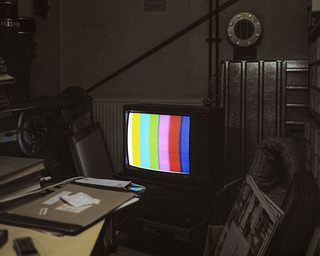

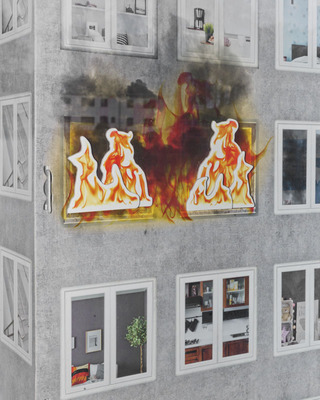
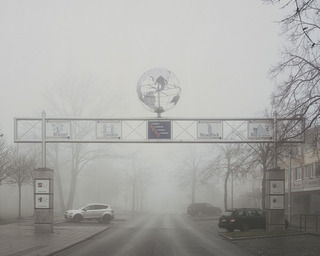

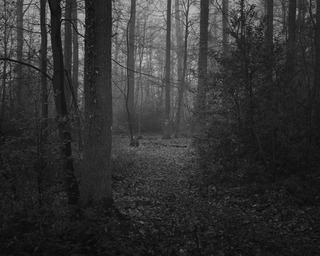
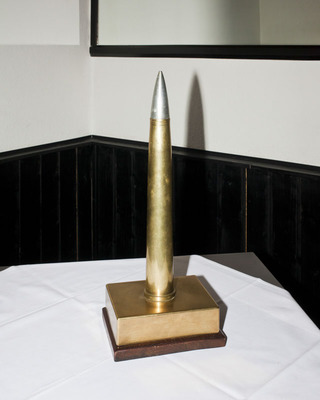
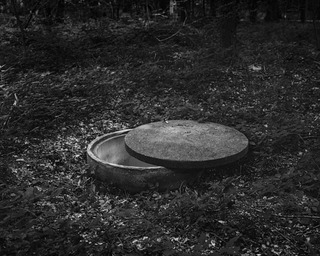

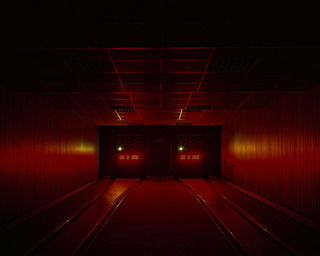
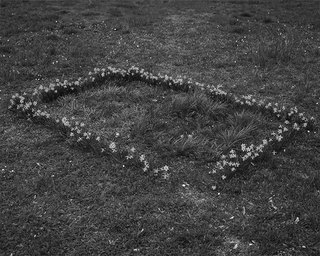
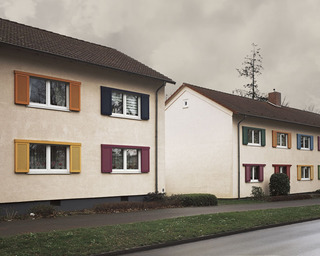
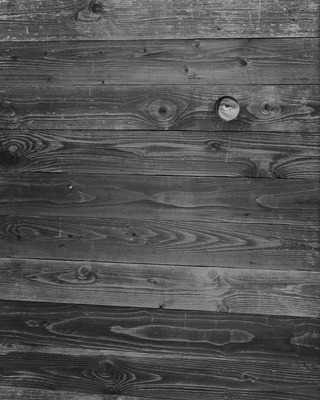
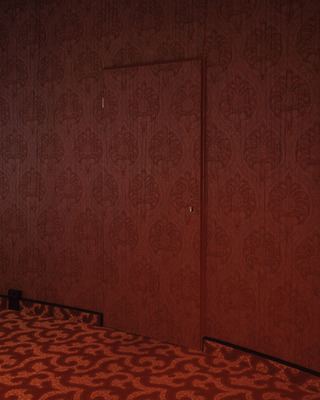
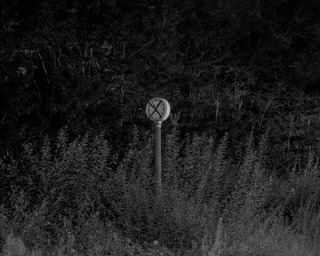
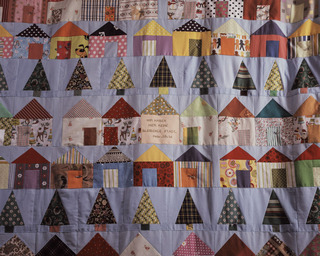
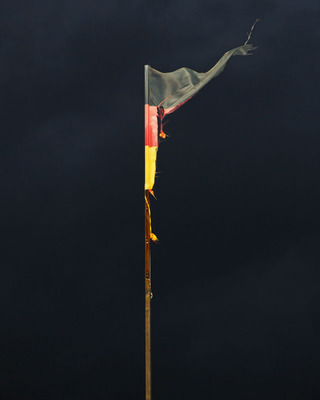
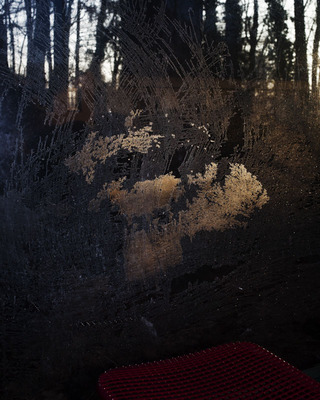
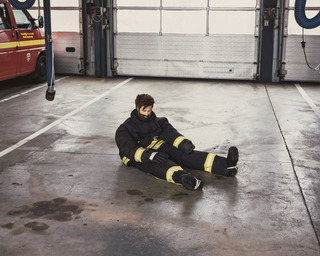
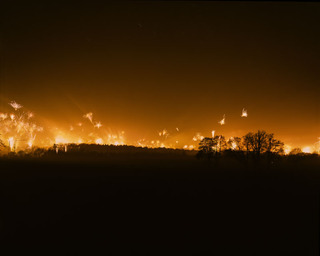

JavaScript is turned off.
Please enable JavaScript to view this site properly.